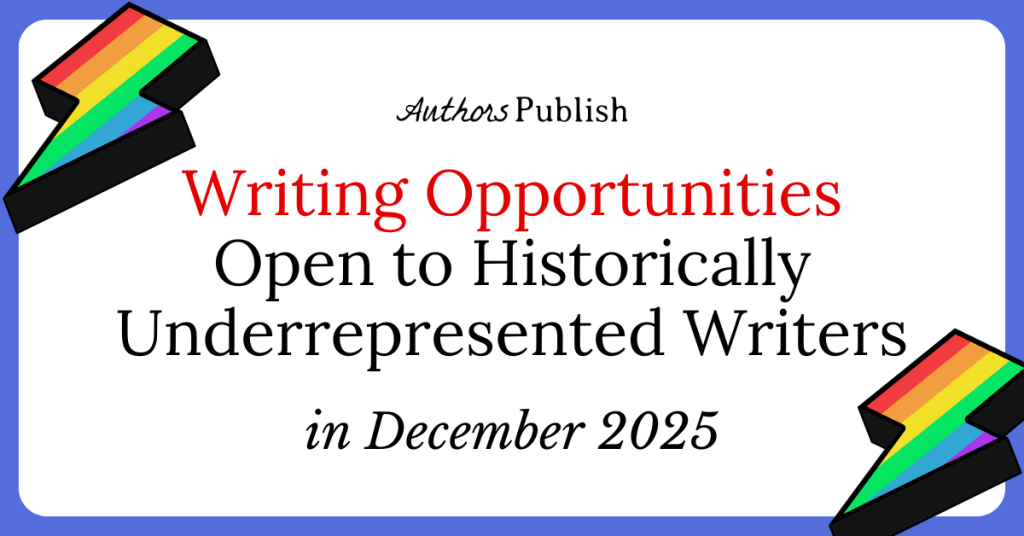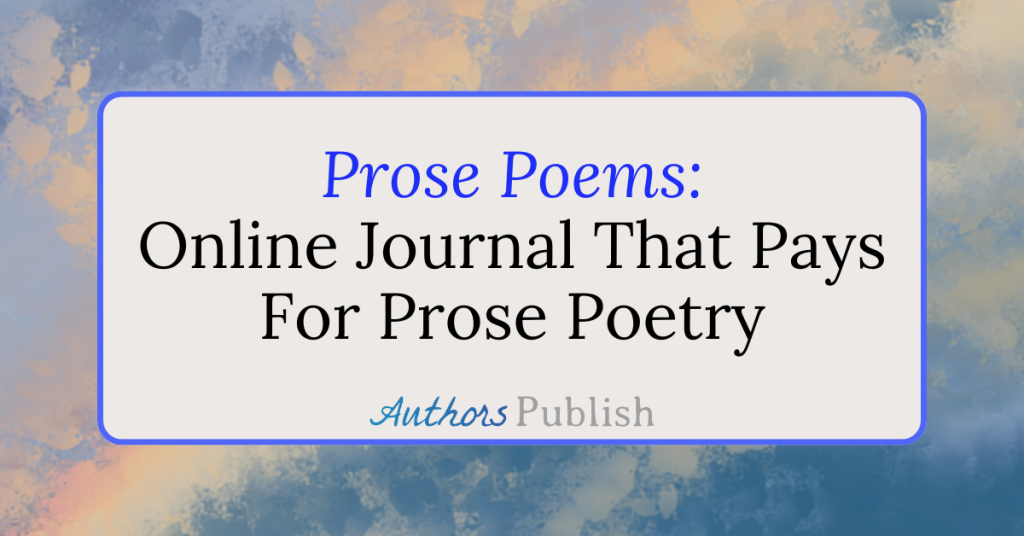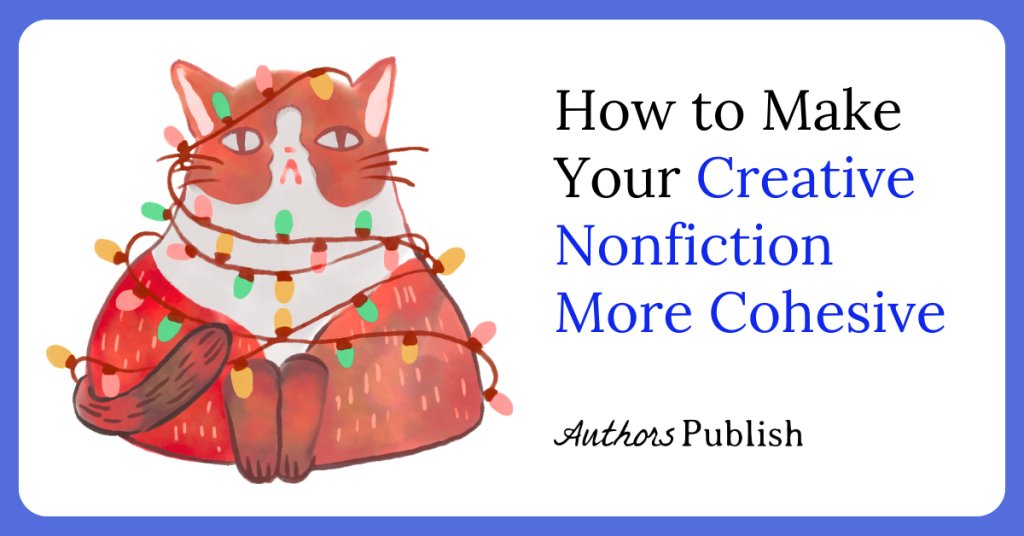By Nadia Thompson
To even the most tech-savvy of writers, the machinations of Twitter can seem like a veritable minefield, but the twitterverse can be a magical place for aspiring authors in particular.
I began to realize just how much of the Twitter Kool-Aid the publishing world had drunk when I started researching agents I wanted to query. Whilst some seem to have zero online presence (a bittersweet irony given that they often emphasize the need for personalized inquiries), others are incredibly prolific online and invite authors into the inner workings of their mind, all in under 280 characters.
So how does a writer survive Twitter?
Firstly, for those not in the know, Twitter runs on hashtags. Anyone can create a new one, or use an existing one, simply by adding # to the front of a word or collection of words (no spaces) in a tweet. The hashtag identifies anything, from the purpose of the message, to its target audience.
Established authors use Twitter as a way to connect with their readership and, ultimately, as a mechanism for free publicity. Agents and publishers also use Twitter for publicity purposes, but agents in particular use it for something much more exciting: their manuscript wish list (#MSWL).
Although these wish list tweets can be insanely specific at times (“picture if Mary Shelley did a death metal magazine set in a modern high school”) this is a great place to see what’s currently trending (or crashing). Diverse superheroes are in vogue!
For newbie-writers, Twitter provides a glimpse into the publishing world that we’d otherwise not see, and can even help us cut through some of its red tape.
Kind hearted souls have persuaded agents and publishers to temporarily ditch the query letter in favor of a tweet, through the use of hashtags like #dvpit, #pitmad, #pitchwars and #revpit. Writers tweet their pitch, adding in the appropriate hashtags, and interested agents request manuscripts using the ‘like’ button. Simple. Events usually last 24 hours, and each has its own ruleset and entry criteria, for example, #dvpit is for marginalised authors only.
These same Twitter-angels organize giveaways. I was the lucky recipient of one that #dvpit ran recently. A couple of button presses was all it took to win a full picture book critique by an editor at Penguin Random House. Given that such a review can set you back $250, I was pretty chuffed.
However, like any social media platform, Twitter has a dark side.
If you tweet without a hashtag, odds are no one will read your tweet. Even if you do add hashtags, you need to make sure you’re using the right ones. But as there isn’t any policing of hashtag definitions, finding the right combination can be tough. For example: #writerslife, #writelife, #writing all pretty much capture the same sort of tweet, but #writerslife is the most prolific.
Even once you find the right combination, it can feel as though Twitter is against you. The website is automatically set up to promote the most popular tweets, i.e. tweets that have the most likes, retweets and comments. This can mean your tweet gets lost in a deluge of old ‘popular’ ones, unless an agent goes out of their way to change how they view the website (unlikely).
There are also less reputable ‘agents’ and ‘literary consultants’ piggy-backing on the success of certain hashtags. After joining, I was swamped by followers promising me unending literary success for just $9.99 a month. So it’s worth being wary – this is the interweb after all…
But despite all this, the more you tweet, and the more you search out other tweets, the more you start to see how powerful the platform can be for a writer.
Here are some of my favorite hashtags:
#writerslife/#amwriting – writers bemoan the life of a writer; gives you a nice sense of camaraderie in a profession that can feel a little lonely at times.
#amquerying – used by writers who are querying (easy enough, right?). Some agents also use it to let writers know their list is open to submissions.
#amediting – similar principle as #amwriting/#amquerying but is also used by professional editors to grumble about classic writer mistakes.
#cpmatch – used by writers looking for a critique partner (or beta reader).
#pubtip/#querytip – agents and publishers let off steam by telling the writing world their pet querying peeves. A bracing read…
#tenqueries – agents run through ten queries in their inboxes and explain why they did or didn’t request more of the book. Says much about a given agent’s thought process.
#askagent/#askeditor – potentially pure gold; use these hashtags to ask an (any!) agent or editor your burning questions.
Bio:
Nadia Thompson is an aspiring children’s author and creator of the blog: Sometimes I Write. Check out her Twitter page for a list of upcoming pitch parties!






